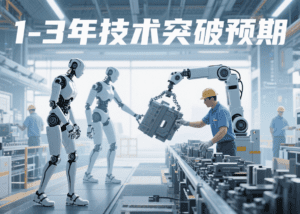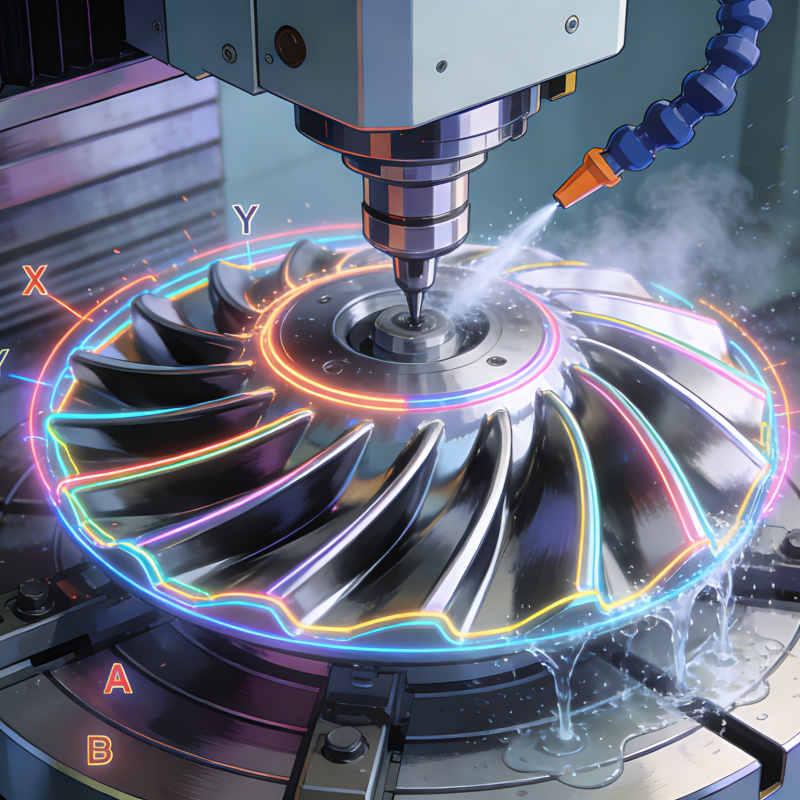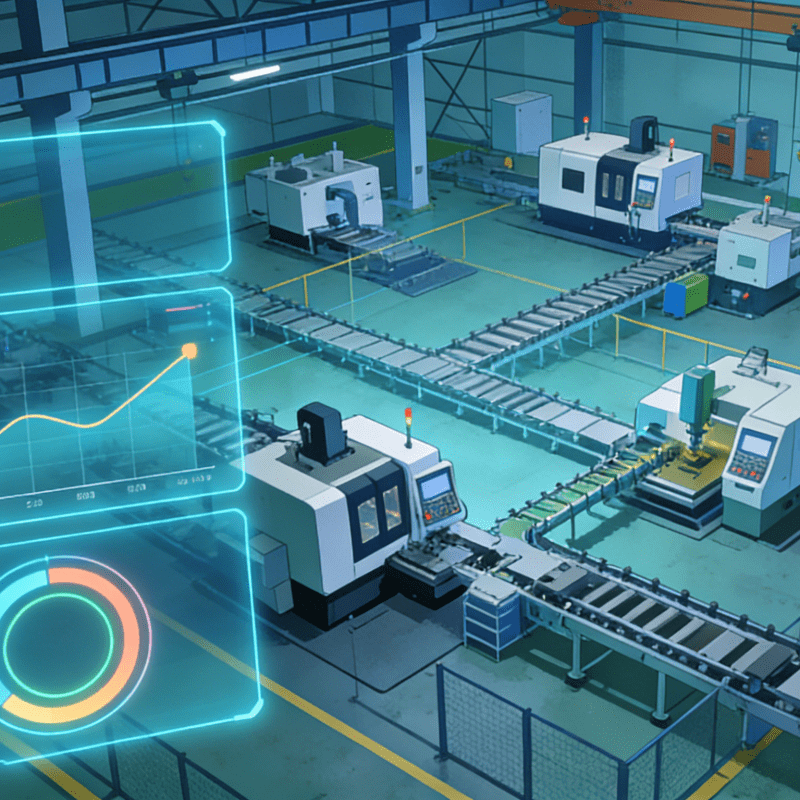
- Robot Conference Focuses on Core Issues: Embodied Intelligence and Robot Safety Become Focal Points
According to media reports on August 10, a robot conference themed “Making Robots Smarter, Making Embodiment More Intelligent” was held at the Beijing Economic and Technological Development Zone’s Beiren Yichuang International Convention and Exhibition Center from August 8 to 12. Zeng Guang, General Manager of Zhongke Yungu Technology Co., Ltd., attended and delivered a speech.
- Zeng Guang: Current Humanoid Robots Lack Sufficient Safety for Human-Robot Collaborative Work
Zeng Guang pointed out that the current safety of humanoid robots is not sufficient to support collaborative operations with humans, so human-robot co-working cannot be realized for the time being.
- Analogy with “New Worker Training”: Robots Need to Master Massive Information to Adapt to the Work Environment
He used the example of workers entering a factory to illustrate: New workers need months of training to master knowledge such as production plans, process routes, material locations, work instructions, and safety rules. Similarly, robots entering a factory environment also need to master an equivalent amount of information to work effectively.
- Wang Xingxing: Hardware is Mature, but Embodied Intelligence is a Bottleneck Restricting Large-Scale Application
Wang Xingxing, founder of Unitree, believes that current robot hardware is basically mature, but the core bottleneck in the development of intelligent agents lies in the inadequacy of large robot models (embodied intelligence), which severely restricts the large-scale application of robots.
- “Critical Point” Scenario of Embodied Intelligence: Ability to Independently Complete Tasks in Unfamiliar Environments
Wang Xingxing described the “critical point” scenario for a breakthrough in embodied intelligence: “Imagine taking a humanoid robot into a completely unfamiliar venue and instructing it to hand a bottle of water to a designated audience member; or asking it to tidy up a room it has never seen before, and it can do both smoothly. Reaching this level would mean the arrival of the critical point.”
- Expected Technical Breakthrough: Critical Point May Be Reached in 1-3 Years, or 3-5 Years Conservatively
He stated that this goal is expected to be achieved as early as in the next 1 to 3 years, and even conservatively estimated, the probability of achieving it within 3 to 5 years is high. However, current technology has indeed not yet reached this level.
Robot and Flexible Automatic Assembly Machine
Artificial Intelligence Flexible Automatic Assembly Machine




















